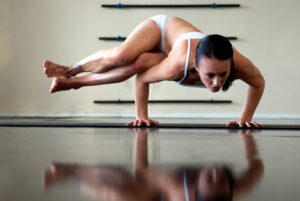What is the most difficult yoga pose?

“I would rather have a rest in Savasana” – how often do we catch ourselves thinking about this during yoga https://www.julianalucky.com/post/10-awesome-birthday-party-ideas-for-4-year-old practice?
The class comes to an end, we lie down and close our eyes. Music sounds, mentally follow the attention through the body. And suddenly we find ourselves in the to-do lists, thinking about the upcoming working day and what we want to eat for breakfast.
Another moment, and we fall asleep until the voice of the teacher does not return to the state of wakefulness. Or, on the contrary, for the umpteenth time, instead of Shavasana, we rush to more “important” matters and concerns and lose the most valuable minutes of practice?

Shavasana is simple in appearance and is often perceived as resting on a mat after class.
“Lie flat on the ground, face up, like a corpse. This is Savasana. It removes fatigue and allows the mind (and the whole body) to relax,” is how Shavasana is described in the oldest surviving text on hatha yoga, the Hatha Yoga Pradipika. But the simplicity of the external form is deceptive.
In the modern sense, a “corpse” is a dead body in which all life processes have completely stopped. The yogis of antiquity interpreted the state of the corpse differently: outwardly motionless, inside it is filled with awareness and presence.
At the moment when the body and mind stop, “die” for everything external and worldly, the real practice of Shavasana begins – immersion in a state of observation and awareness.
Shavasana challenges both beginners and experienced practitioners.
It can be difficult to relax the body completely, a stationary posture on a hard surface can cause physical discomfort and pain, it is difficult to maintain concentration and not fall asleep.
It is difficult to stop a restless mind: stop planning, analyzing, evaluating and start observing the body and breath.
The key to mastering Savasana is attention and regular practice.